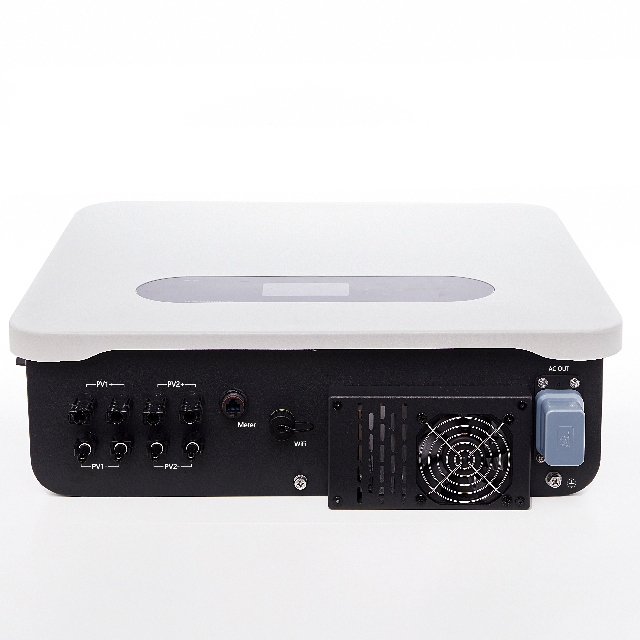Author:BLD Solar Energy SystemFROM:Solar System Converter Manufacturer TIME:2024-03-01
Introduction:
The solar photovoltaic (PV) industry has been rapidly growing in recent years as renewable energy becomes a more prominent solution to address climate change and the increasing demand for electricity. Hybrid inverters play a crucial role in the efficient utilization of solar energy by converting direct current (DC) generated by solar panels into alternating current (AC) that can be used to power electrical appliances or be fed back to the grid. This user guide aims to provide a comprehensive understanding of hybrid inverters, their features, installation process, maintenance requirements, and troubleshooting tips.
Hybrid inverters combine the functions of a grid-tie inverter and a battery inverter, making them ideal for both grid-connected and off-grid systems. They are equipped with advanced features such as:

Installing a hybrid inverter requires careful planning and adherence to safety guidelines. The following steps outline a typical installation process:

Maintaining a hybrid inverter is essential to ensure optimal performance and longevity. Here are some key maintenance tasks:
If you encounter any issues with your hybrid inverter, consult the troubleshooting section of the user manual provided by the manufacturer. Common problems may include communication errors, fault indicators, or abnormal behavior. It is recommended to contact a professional installer or the manufacturer's customer support for assistance if needed.
Conclusion:
In conclusion, hybrid inverters are integral components of solar PV systems, allowing users to maximize their energy self-sufficiency and reduce reliance on conventional power sources. This user guide has provided an overview of hybrid inverter features, installation procedures, maintenance guidelines, and troubleshooting tips. By following these instructions, users can harness the full potential of their solar power systems and contribute to a more sustainable future.
